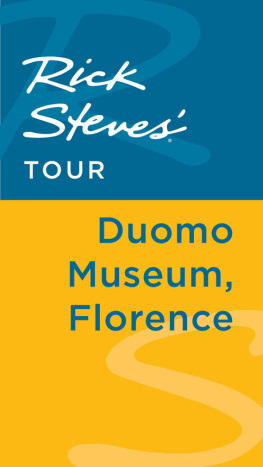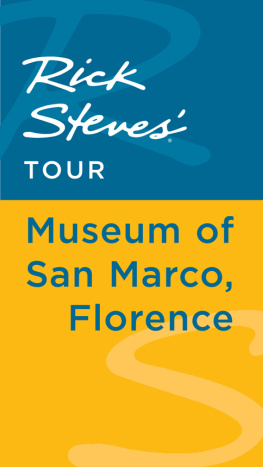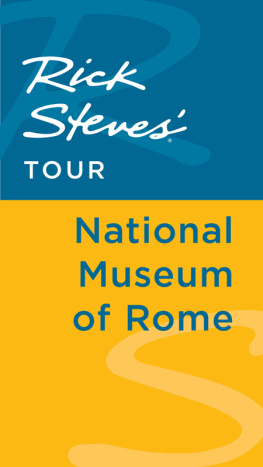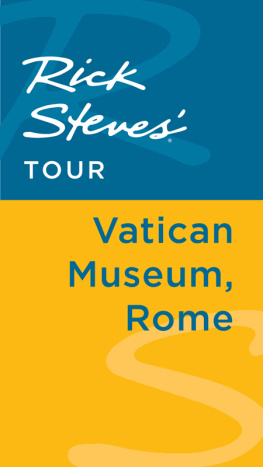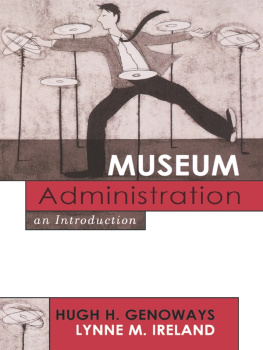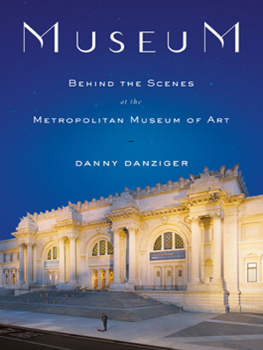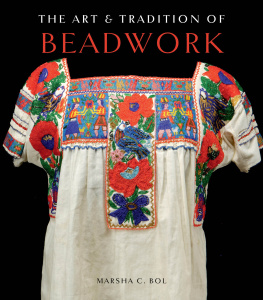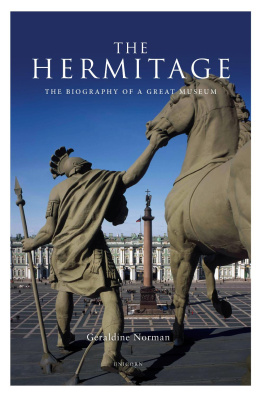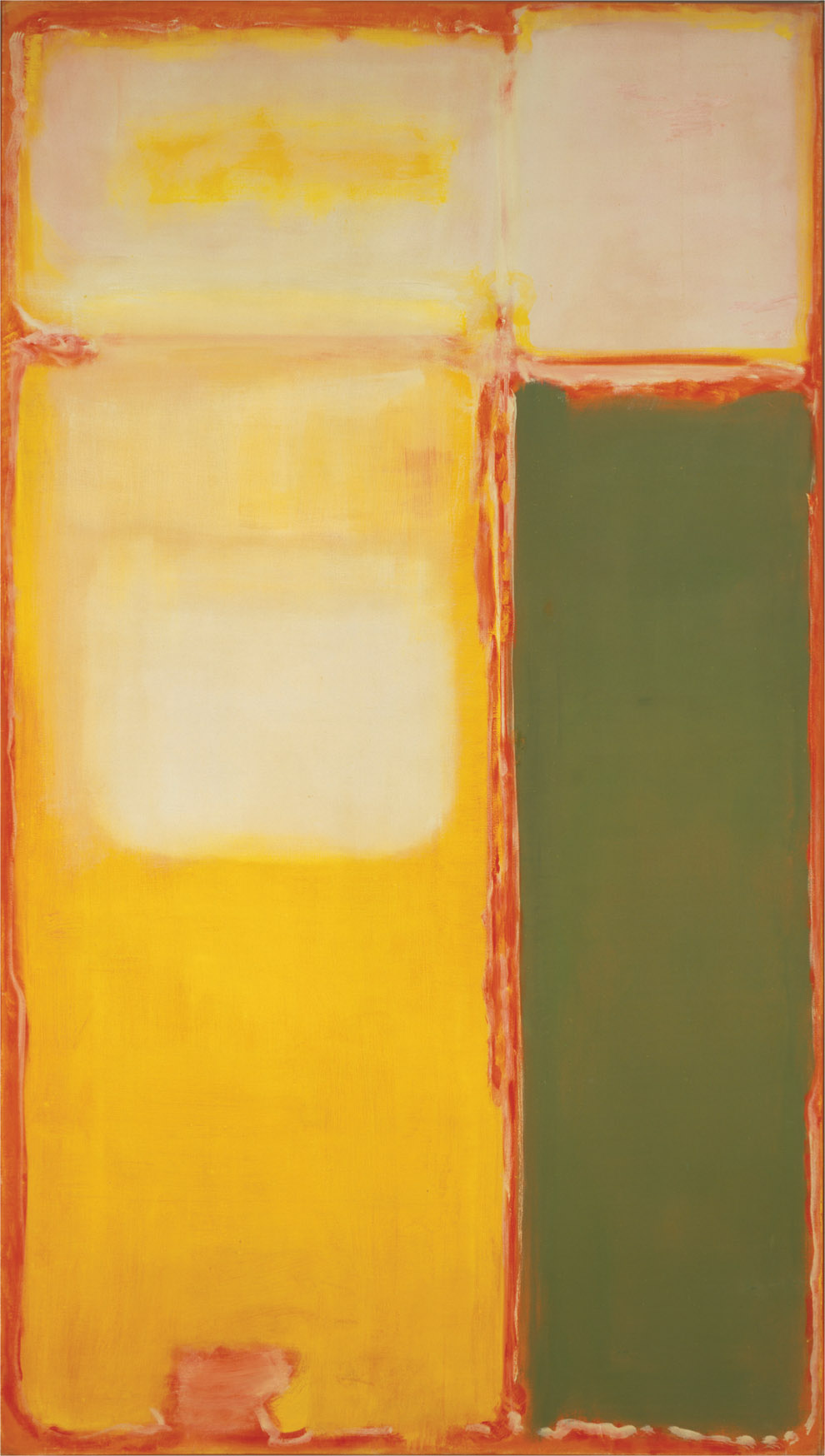
MARK ROTHKO (1903-1970) , NO. 11/NO. 20 , 1949. OIL ON CANVAS, 93-3/4 IN. X 53 IN. COLLECTION CHRISTOPHER ROTHKO. PHOTO BY CHRISTOPHER BURKE. ART RESOURCE NY.
CHAPTER X : Conclusion: Art and Muscle
T he modest demands of high school physical education, or the greater demands of training for a college sport, are familiar to most of us. Shotokan karate was my sport in college, and Kazumi Tabata was my instructor. An eighth-degree Grand Master, he was captain of the U.S. Karate Team for two decades. When he tapped me for the varsity team, I was already deep into art history, and the parallels between these two disciplines were clear to me from the start. The arena of competition was twofold: a kata , or rehearsed performance of a series of blows akin to memorizing a gymnastic routine, was followed by open combat with an opponent, called a kumite .
The kata was how I developed muscle memory and good form. It was like learning the basics of art history. Memorizing the physical formsthe sensation of my fist sailing forward, twisting and snapping, and the roundhouse kick swinging around and connecting the ball of my foot with a targetfelt somehow comparable to memorizing artists names, dates, subjects, and collections. With varying degrees of drudgery and satisfaction, the process of memorization gives us all greater confidence.
The muscle memory of the kata was what I drew upon when battling an opponent during a kumite . The kumite was like venturing into the uncharted challenges of recognizing the hand of an artist. When exam time rolled around, I summoned the reflexes from memorizing artists most influential works, and put those memories to work.
The competitive performances on the gym floor and in the classroom were not so different. I relished getting it right in both instances. The rewards were dissimilar, of course, but the impulse to master something basic and put it to use kept me on track in both instances.
Im not suggesting that you start swatting something (even if the adrenaline released from the odd round with a punching bag can feel great). I am encouraging you to draw from the discipline you have in any life pursuit and liken it to your quest for a quality instinct. If you tinker with cars, youve shown an aptitude for knowing parts and how they function, and can recognize whats under a hood in an instant. If youre a gardener, you know what it takes to get the best of the topsoil in your locality. If youre a cook, you may be able to pick out the seasonings in someone elses casserole.
Picking out the best artwork on the wall demands the same attention to learning the rules, putting them in practice, and honing your skills.
The life experiences you have had are the training ground for aesthetic muscle memory. We are innately drawn to the best in everything, whether consciously or not. My plunge into the Metropolitan Museums galleries and basements gave me an unfair advantage, but you have had comparable experiences in honing judgment about what is better made, longer-lasting, and more gratifying in infinite categories of manmade objects, from smartphones to bathroom fixtures.
If travel is in your future, you can forge a road map to experience works of art, architecture, and design that are today unfamiliar or known to you only in books. The preparation for such a journey can involve advance work in plotting exposure to the best of what that place has to offer, whether a neighboring city or a far-flung retreat in an exotic locale. Using the tactics laid out in this book, you can aspire to enlarging your frame of visual reference on the next trip. When on the road, you can test ways of seeing that will contribute to training your visual muscle memory. These are the building blocks to differentiating a lesser example of creative intention from a better one.
Even on a business trip, you know the instant you walk into a hotel room what youre in for. The furniture, carpet, drapery, fixtures, dcor and appliances have an instant story to tell, on the spectrum of functional to luxurious. A sprayed on cottage cheese ceiling instead of a smooth plaster one says expediency got the better of aesthetics. Exposed sprinkler heads without caps is a blow to the rooms sense of calm. A riotously patterned bedspread to shield stains should make you think twice about lying down on it. Plastic cups instead of drinking glasses shout convenience over style. And a shower curtain instead of a glass door likely signals a preference for cheap and disposable to cut the labor cost of cleaning yet another surface.
The rooms aesthetics might invite you to savor a languorous soak in an elegant bathroomor propel you downstairs to the hotel bar. The people who designed your room operated from a budget and a sensibility that led them to choices youve decoded the moment you rolled your bag across the threshold. Next time you check in, prepare to sharpen your skills of observation by consciously separating each aesthetic experience into the five features we are seeking in manmade things. Those things may be purely functional, or, as weve covered, things that function primarily as storytelling artworks on the wall. They are the baseline for future quality inquiries. If your trip allows for a side excursion to a museum, art gallery, or architectural landmark, limber up your aesthetic antennae in the hotel room and lobby before heading there.
The originality of a gesture or artifact may not be plain to you at first. Much of what we see may appear original but in fact be derivative. It will become apparent which is which after youve spent enough time looking, reading, and absorbing. Those generic fabric or paper-framed abstractions on hotel walls are normally the equivalent of elevator musican empty gesture to simulate an aesthetic experience. Youre far more likely to find originality in the minibar selection.
In an art museum, a row of landscapes may yield only one that leaps out and draws you in, as when a Charles Demuth painting of an industrial setting admixes a highly original veneration of modern industrial design, a crisp palette with precise brushwork, a bold composition likening grain silos to Egyptian pyramids, and harmonious geometry, all of which combine to produce an instantly recognizable and memorable result.
Fine craftsmanship whether by hand or by machineis something that we never take for granted in our consumer culture. As the elements of our lives deteriorate or survive intact, we can take cues about technical skill from the longevity of something, but more important, from the clear evidence that it was thoughtfully conceived and made with care. A soapily carved statue next to an uncompromisingly detailed one may not be evidence of lesser quality, but the artist had better have the other four attributes of a great work of art in abundance. Rodins surfaces in marble intentionally shift from polished to raw, but you learn to love that variation in his talented hands. Lesser followers may rely on hydraulic tools to tame a block of marble, but the results are mixed. Besides, fine craftsmanship alone isnt enough. It has to be accompanied by the other four attributes to stand the test of time.
By confident in its theme we mean that an object or work of art clearly reflects the makers intent. In the contemporary art world, that intention can favor the accidentalas when an artist lets nature or chance decide the contours and character of a creative act. The late Felix Gonzalez-Torres made several installations of wrapped candy in piles or formations, teasing the viewer into becoming a participant, and yielding to the impulse to indulge in the ingredients of his installation.
The originality of that way of making a visual set piece was bold, unproven, and brazen. Those who would follow in the artists wake do so at their peril, and risk being judged as derivative. A more conventional work of art may radiate confidence in more overt ways, such as in its improbably large (Richard Serra) or small scale (a sixteenth-century rosary bead) appropriate to the artists intent. A socially charged photograph of abject Depression-era poverty by Dorothea Lange may reveal a confident point of view seeking a reaction from us. A sexually suggestive sculpture by Jeff Koons can still retain an air of mystery or humor rather than being gratuitously titillating. Other works of art are made from powerful or rigorous impulses that stop us in our tracks.
Next page

